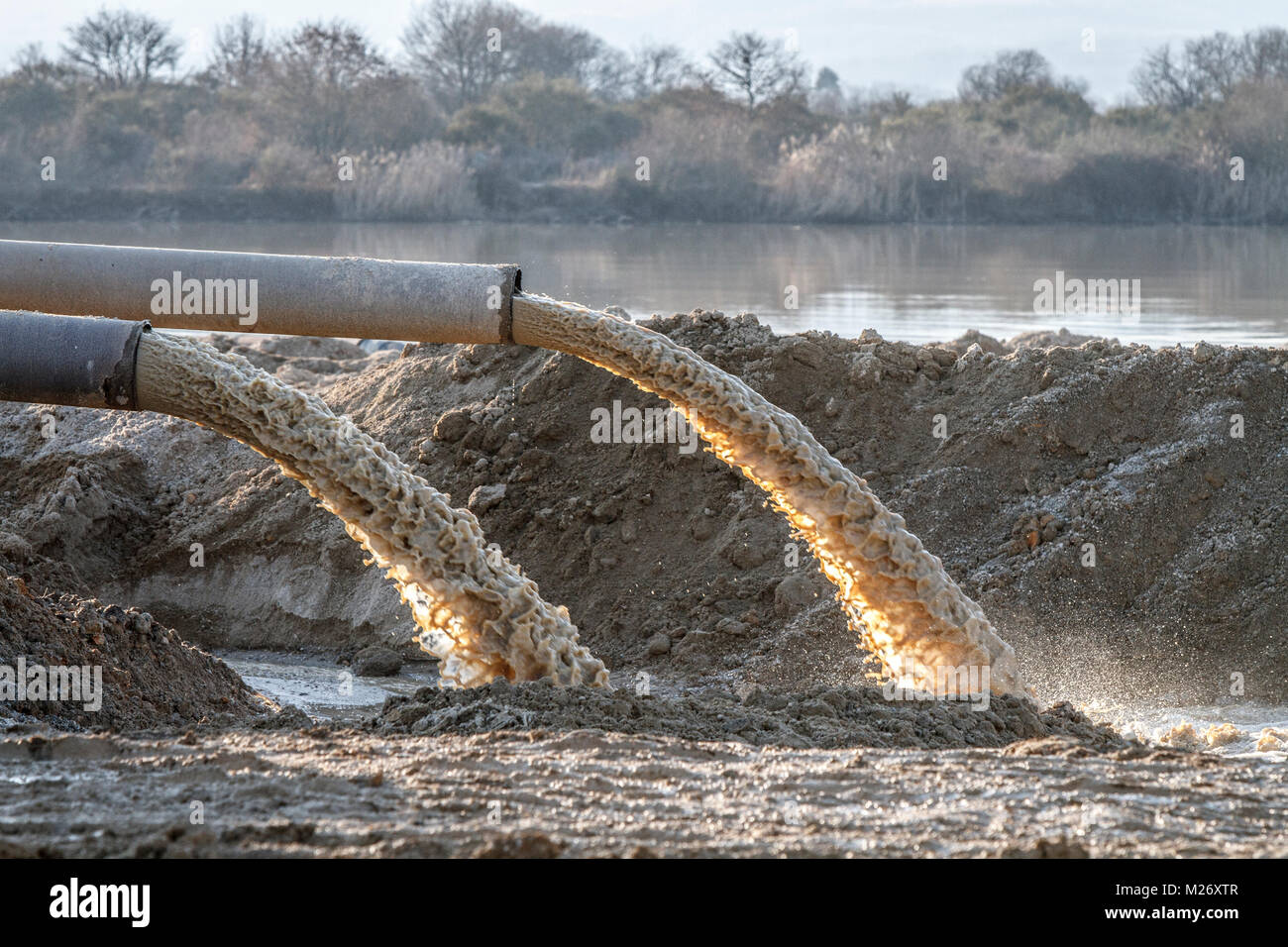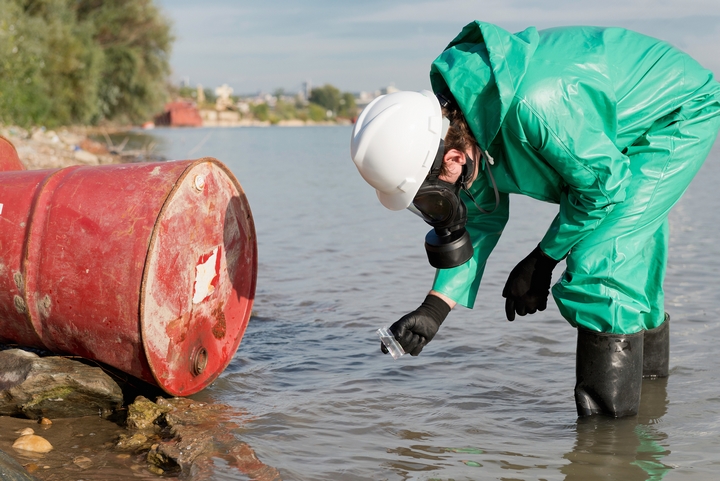Exactly How Liquid Garbage Disposal Functions: A Thorough Introduction of Techniques and Technologies Employed

Overview of Fluid Waste Types
The intricacy of fluid waste types demands an extensive understanding of their attributes and ramifications for disposal. Liquid waste can generally be categorized into numerous kinds, consisting of industrial, community, agricultural, and dangerous waste. Each classification shows distinctive buildings, calling for details monitoring methods to alleviate environmental and health risks.
Industrial fluid waste originates from manufacturing procedures and often includes an array of pollutants, such as heavy metals, solvents, and organic compounds. Municipal fluid waste, largely consisting of wastewater from homes and commercial facilities, includes raw material, nutrients, and microorganisms (industrial wastewater treatment). Agricultural liquid waste, consisting of runoff from ranches, may contain plant foods, pesticides, and pet waste, presenting risks to water top quality and ecosystems
Dangerous fluid waste is characterized by its toxicity, sensitivity, or prospective to create harm. Comprehending these varied fluid waste types is vital for establishing effective disposal approaches and making certain conformity with environmental guidelines.
Physical Treatment Techniques

Screening is the initial action, where bigger particles and particles are gotten rid of from the liquid waste using displays or grates. In sedimentation containers, larger particles settle at the base, developing a sludge layer, while the clarified fluid can be additional treated.
Filtration is an additional necessary technique that involves passing the fluid through permeable materials, such as sand or membrane layers, to catch smaller fragments. This action improves the quality of the fluid, making it appropriate for succeeding treatment procedures.

Chemical Treatment Methods
Chemical treatment strategies are vital for effectively handling liquid waste, especially in addressing dissolved and colloidal impurities that physical approaches may not adequately remove. These strategies utilize different chemical representatives to reduce the effects of, speed up, or change harmful materials into much less harmful types.
One common approach is coagulation and flocculation, where chemicals such as alum or ferric chloride are added to advertise the gathering of suspended bits. This procedure improves sedimentation, enabling simpler elimination of the resulting sludge. In addition, oxidation processes, utilizing representatives like chlorine or ozone, are utilized to damage down intricate organic compounds and microorganisms, providing the waste safer for discharge or more treatment.
Neutralization is one more essential technique, which changes the pH of acidic or alkaline waste streams to neutral degrees, protecting against possible injury to downstream systems and the environment. Additionally, advanced oxidation procedures (AOPs) utilize combinations of oxidants and ultraviolet light to break down relentless toxins, attaining a greater degree of therapy performance.
Biological Therapy Processes
Biological therapy processes play an important role in the monitoring of fluid waste more info here by utilizing bacteria to disintegrate raw material and minimize pollutant levels. These processes can be broadly categorized right into anaerobic and cardio therapies, each utilizing certain microbial neighborhoods to accomplish effective waste degradation.
Aerobic treatment includes the use of oxygen to click here to find out more help with the breakdown of organic products by germs. This procedure is generally implemented in turned on sludge systems, where oygenation storage tanks offer a helpful setting for microbial development, causing the oxidation of organic toxins. The resultant biomass can be divided from treated effluent with sedimentation.
In comparison, anaerobic treatment takes place in the lack of oxygen, depending on various germs to damage down natural matter. This method is specifically beneficial for high-strength waste, as it generates biogas, a renewable resource resource, while minimizing sludge production. Technologies such as anaerobic digesters are regularly utilized in commercial and community applications.
Both anaerobic and cardiovascular biological therapies not only lessen the environmental influence of fluid waste however also help with resource healing, making them important parts of sustainable waste monitoring techniques. Their performance, performance, and flexibility sustain their prevalent implementation throughout numerous sectors.
Emerging Technologies in Disposal
Cutting-edge techniques to fluid garbage disposal are rapidly progressing, driven by advancements in technology and a raising emphasis on sustainability. Among these emerging innovations, membrane layer bioreactors (MBRs) have actually gained traction for their capacity to incorporate organic treatment with membrane filtration, causing top quality effluent that can be recycled in numerous applications. MBRs enable smaller footprints and much more reliable procedures contrasted to typical systems.
Another promising development is using anaerobic digestion combined with nutrient recovery innovations, which not only treats liquid waste yet also generates biogas and recovers valuable nutrients like nitrogen and phosphorus. This twin advantage boosts source effectiveness and minimizes ecological effect.
Additionally, advanced oxidation processes (AOPs) are being embraced for the destruction of intricate natural contaminants. These methods utilize powerful oxidants and catalysts to break down impurities at the molecular degree, using an extremely effective solution for challenging waste streams.
Moreover, the assimilation of expert system and machine discovering in waste monitoring systems is maximizing operational efficiency and anticipating maintenance, leading to reduced expenses and enhanced environmental conformity. These innovations reflect a substantial change towards even more lasting and effective liquid waste disposal methods.
Conclusion
In conclusion, efficient fluid waste disposal demands a comprehensive understanding of different methods and modern technologies. By continuously advancing these techniques, it becomes possible to attend to the expanding obstacles associated with liquid waste, eventually adding to environmental protection and source recuperation.
Fluid waste disposal is a vital facet of ecological monitoring, requiring a comprehensive understanding of numerous strategies and technologies tailored to various waste types. Fluid waste can broadly be classified right into numerous types, consisting of commercial, metropolitan, farming, and unsafe waste. Agricultural fluid waste, consisting of read overflow from ranches, might consist of plant foods, chemicals, and animal waste, positioning risks to water top quality and environments.
Different physical treatment approaches play a crucial role in managing liquid waste properly - industrial wastewater treatment.In final thought, efficient liquid waste disposal necessitates an extensive understanding of various techniques and modern technologies
Comments on “Safe and Lasting Liquid Waste Disposal: Your Go-To Service Provider”